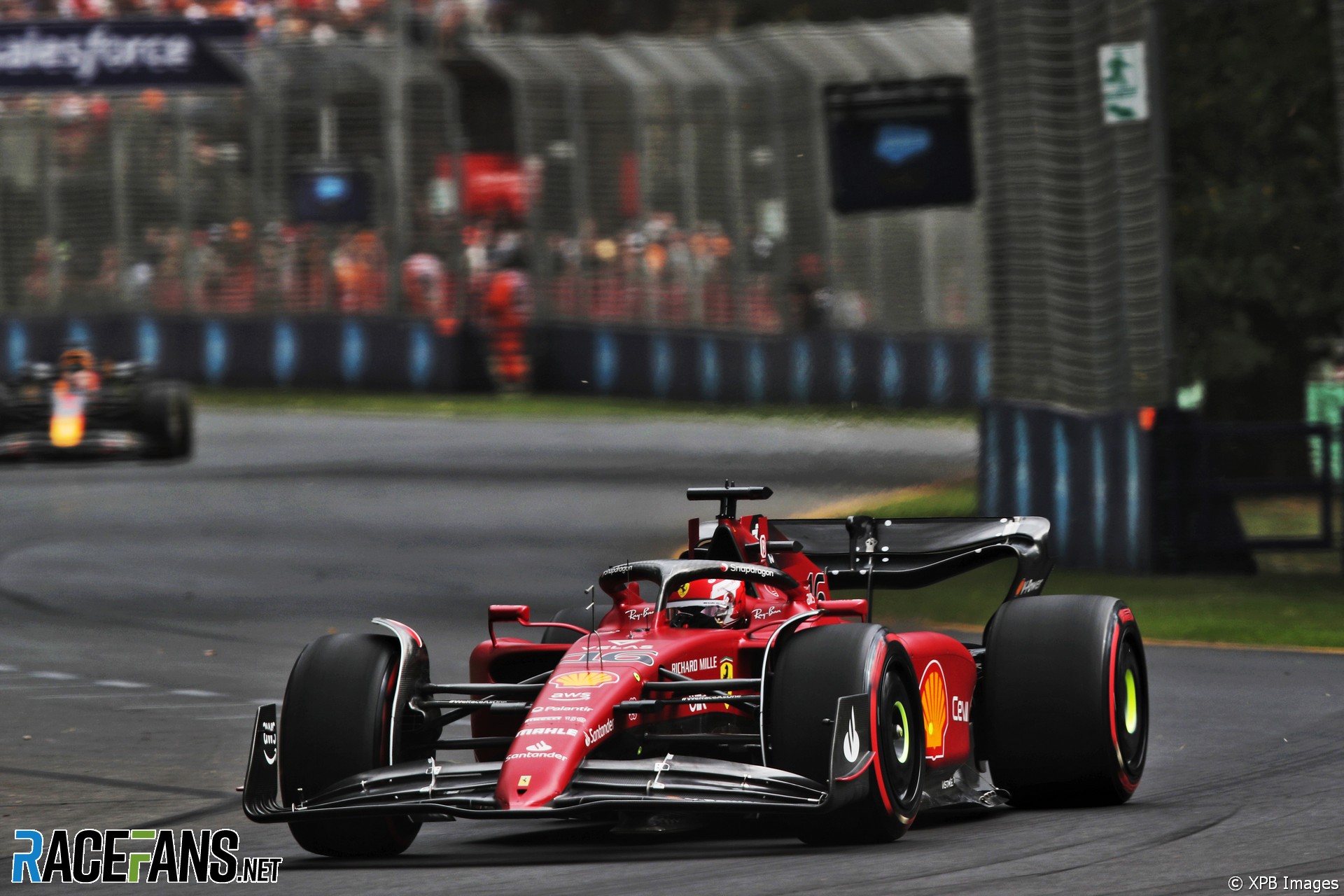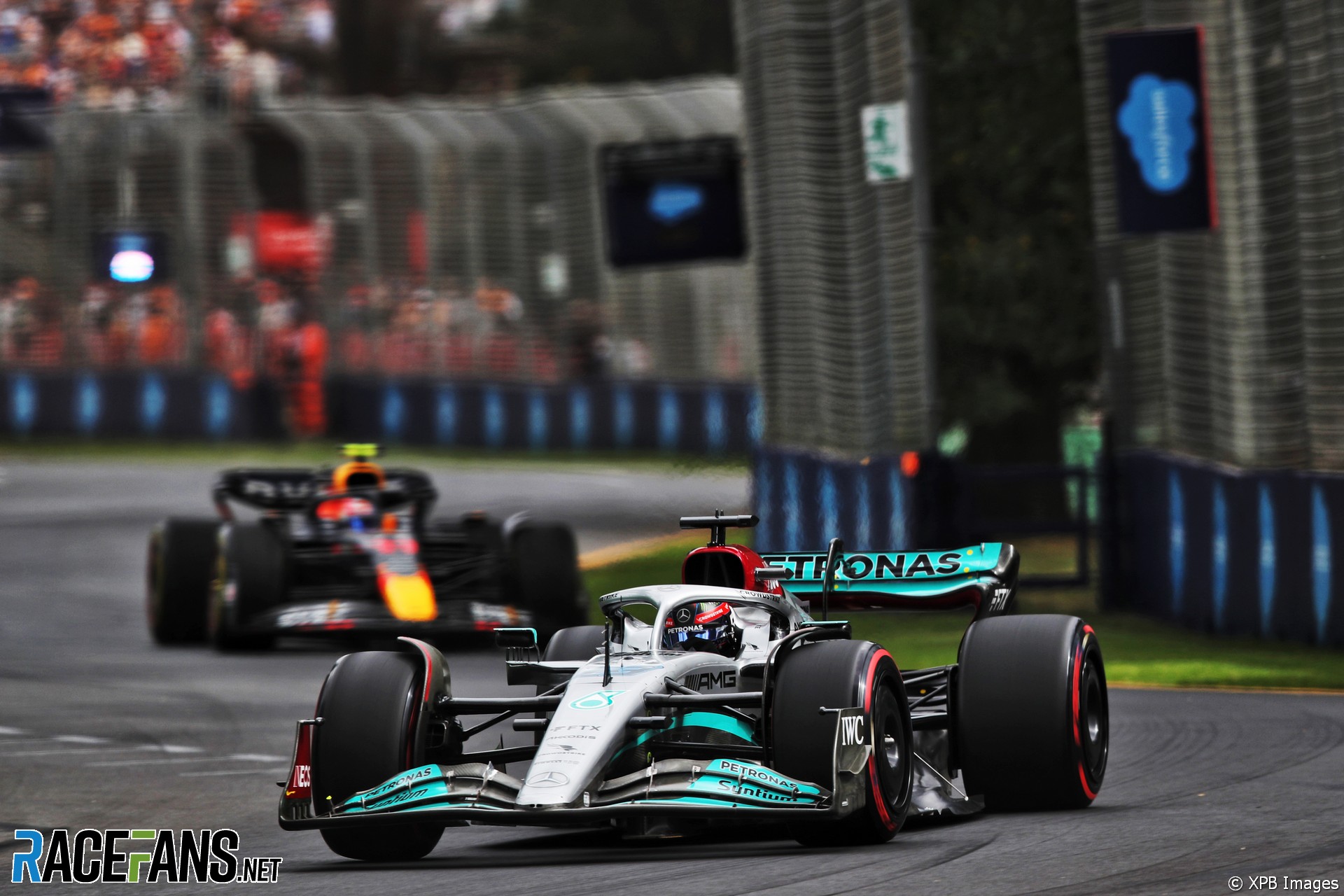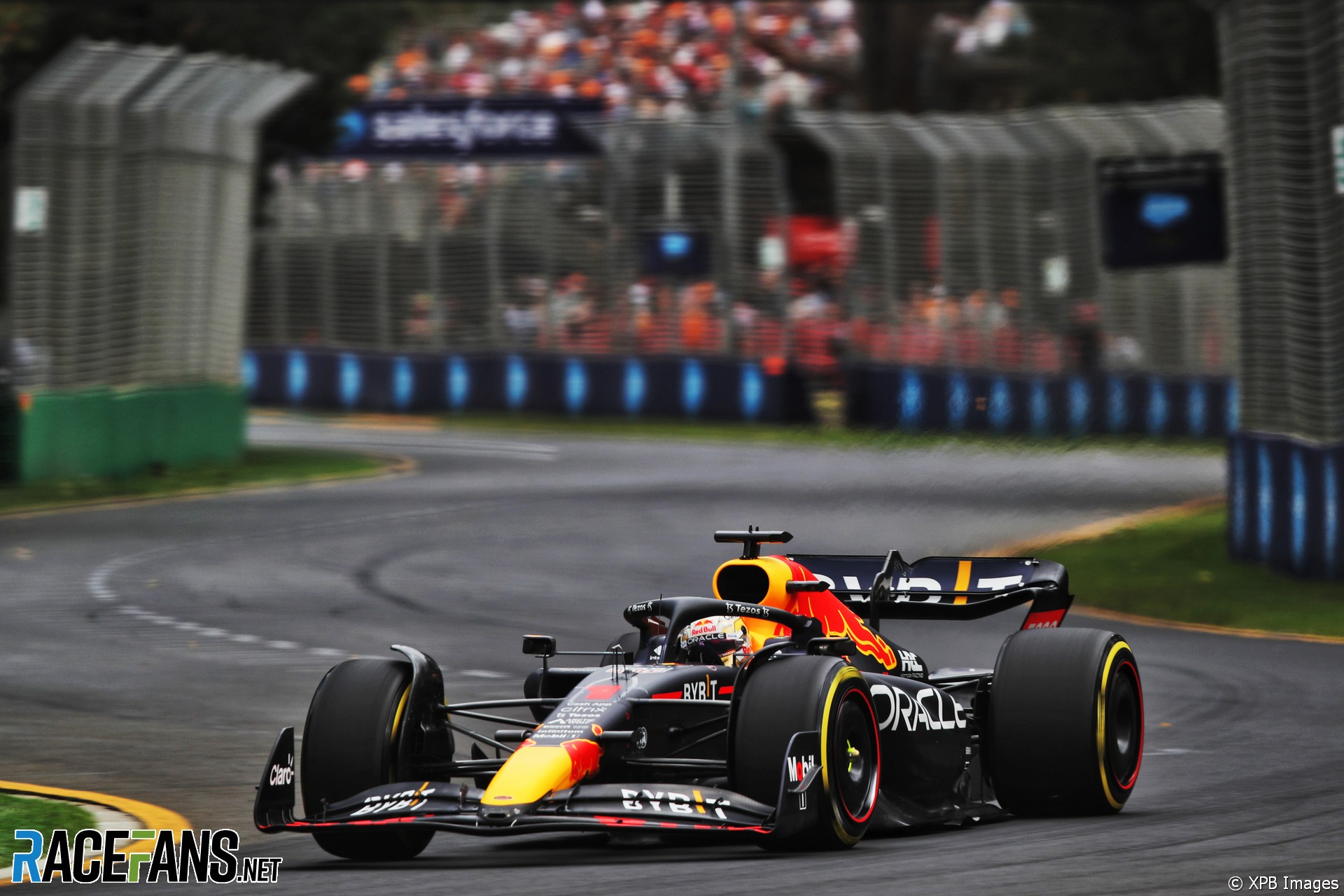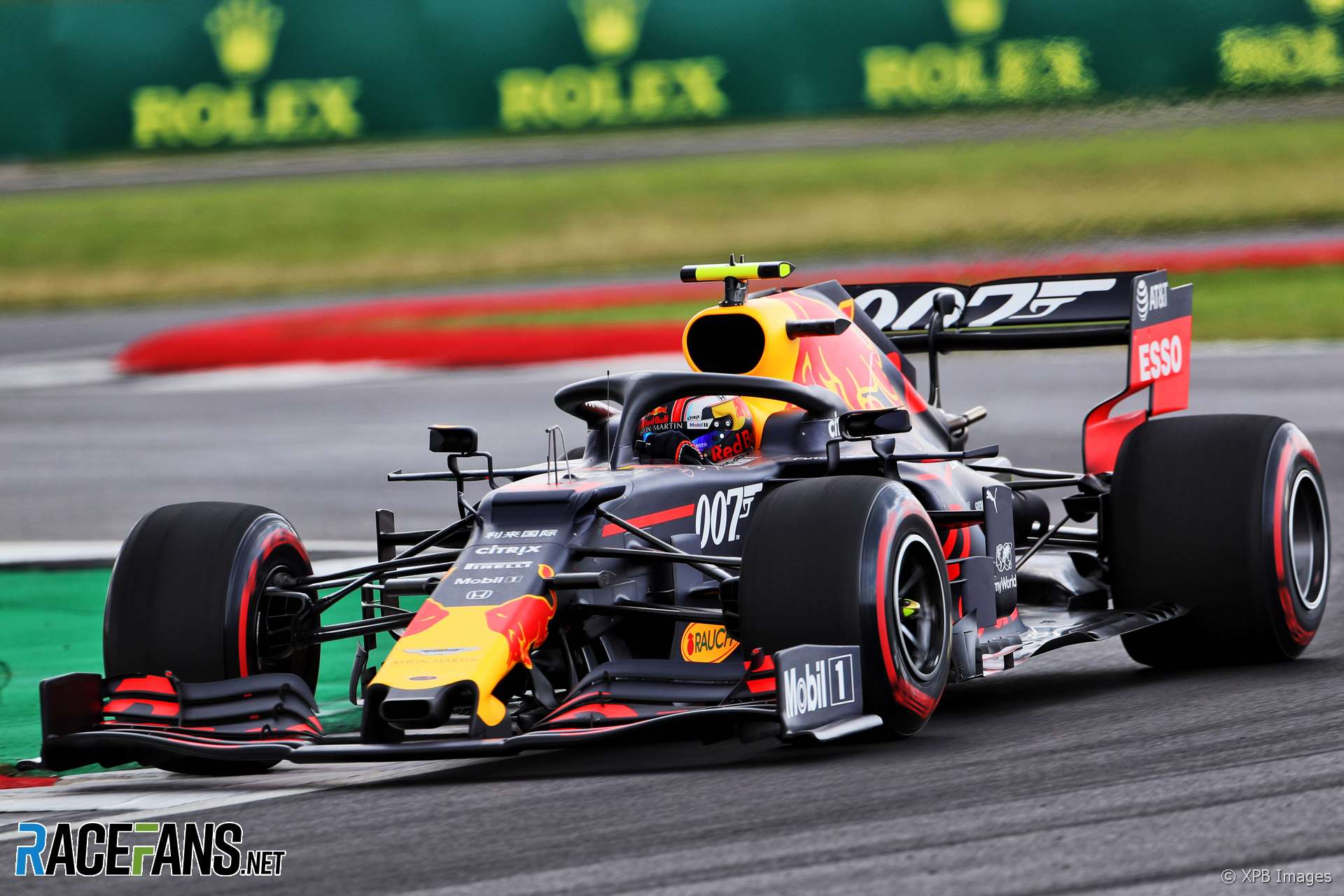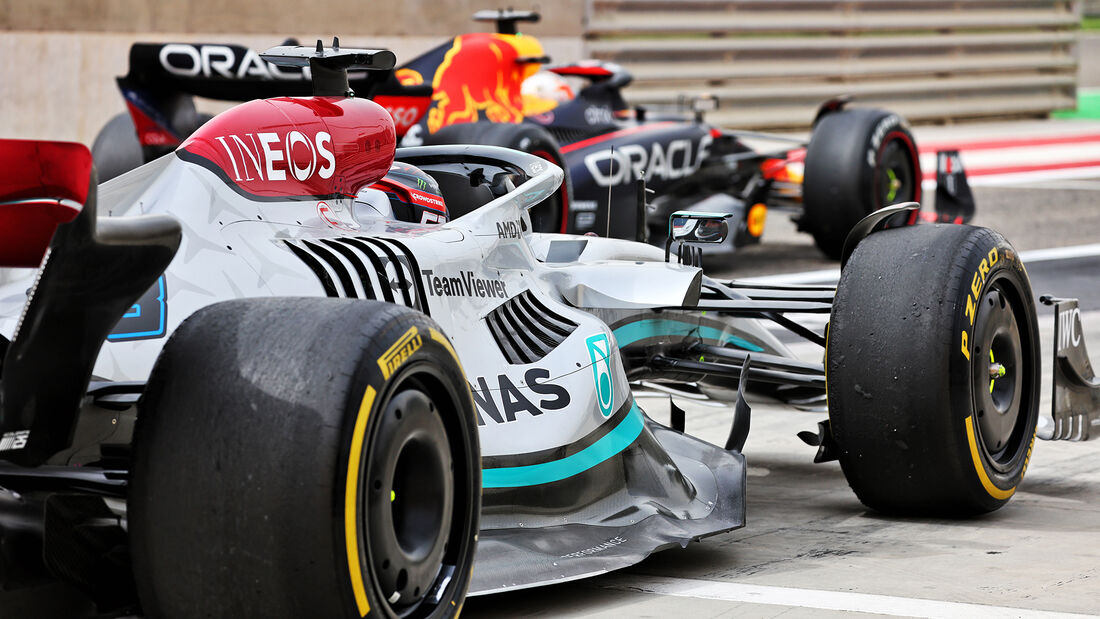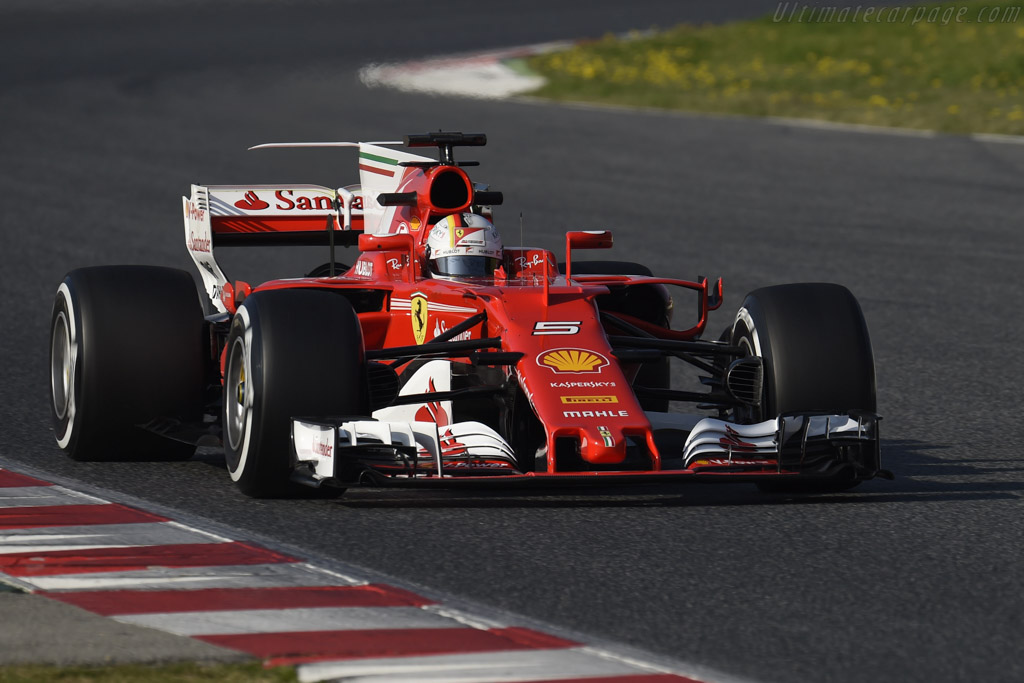Vanja #66 wrote: ↑19 Mar 2022, 14:29
***
Well, things aren't working exactly like you mentioned, the airflow is a bit more complex, but the overall conclusion might not be far from the truth. All in all, teams are making better use of venturi-tunnel floors by sealing them with massive outboard vortices on the floor. This is, in a way, the "air curtain" you mention. Prior to Barcelona testing, I was convinced some teams might even be able to include a bit of rake on their cars, seeing how good they were to use it even with previous "simpler" floors. This is not the case yet, but we might see this development in the future... Anyway, these are the vortices I mentioned.

The stronger they are, the better the sealing in general. They are generated by incoming high-pressure air from the front vanes under the floor and lower pressure air on top of it. This might sound counter-intuitive, but this area of the bottom of the floor is a high-pressure zone. Here's a look from the early-W13 micro-pods model CFD results.

Now, if the flow on top of the floor is not favuorable enough (not enough pressure, not enough outwash etc) the resulting vortex might not be good enough. Here is where there might be a difference between race-spec W13 with new sidepods and other cars, as W13 might not produce enough outwash or the pressure is not good enough. If that was the case, a car would probably have to run lower than others and this low ride height would induce the bouncing, I guess much more than vortex sealing could. The new W13 sidepod design is actually better in terms of how wide the flow is going now, the outwash, you can see here.
DinkLv wrote: ↑16 Mar 2022, 08:08
Here's a top view of the flow-viz on Merc's sidepod undercut, also from AMuS. Seems like the outwash was no weaker due to the inlet itself being a stagnation zone, but Merc was probably trying to avoid having the high-static-pressure undercut flow flipping over the sidepod's outer spline with such a bottom-wide design.
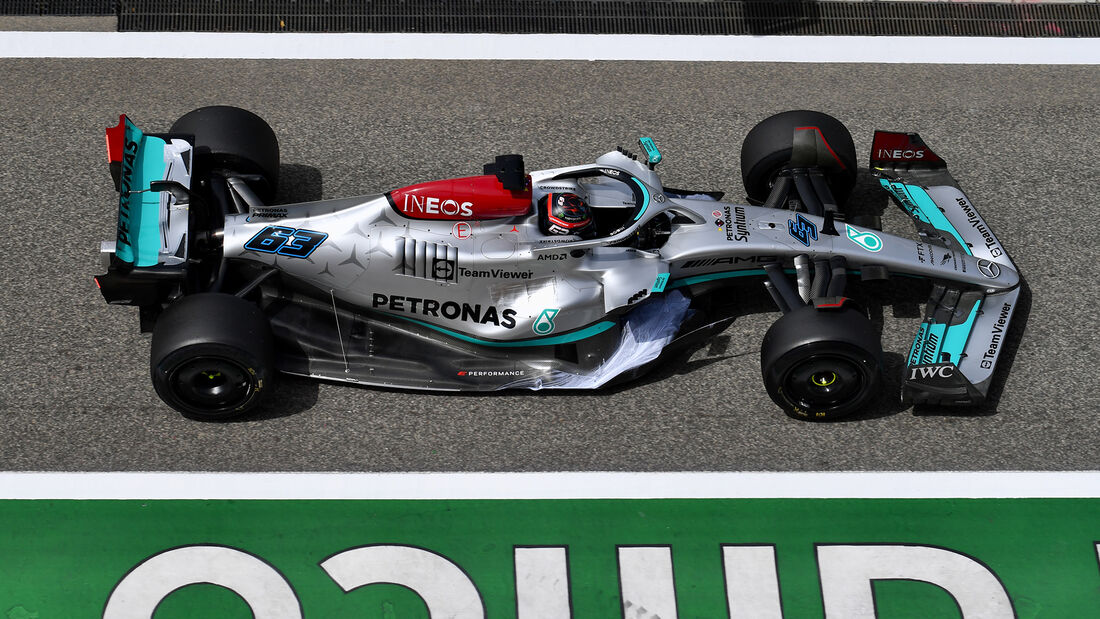
The outwash looks strong enough, but the pressure zone ahead of the Mercedes intake is different from the pressure zone in this area on all other cars, since no other car has an inlet going all the way down to the floor. This may make a difference in the floor sealing on Mercedes, meaning they have to run their car lower to achieve the needed downforce, meaning they are more prone to bouncing than others.



